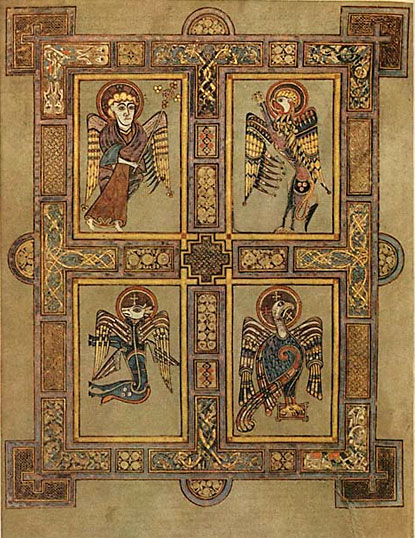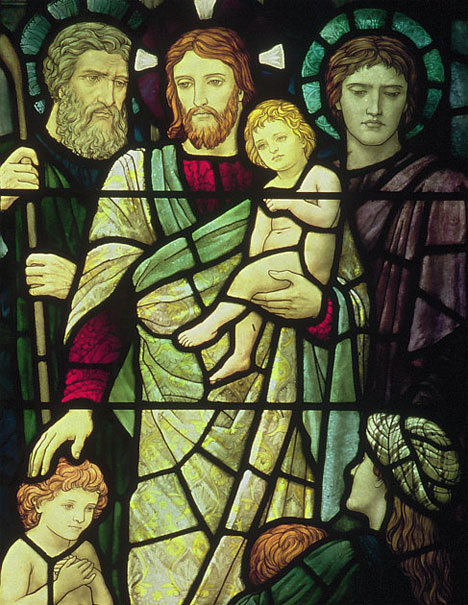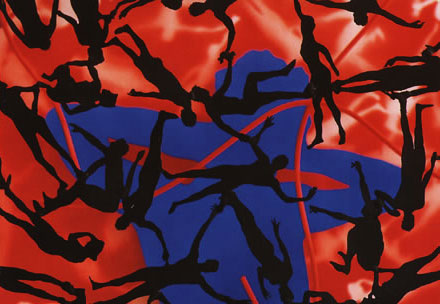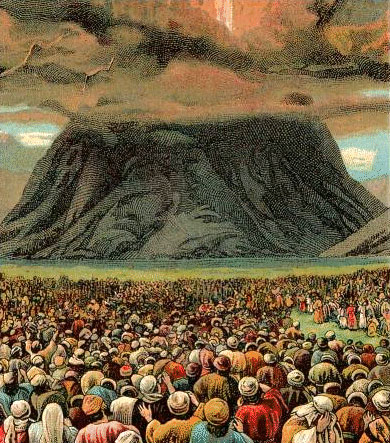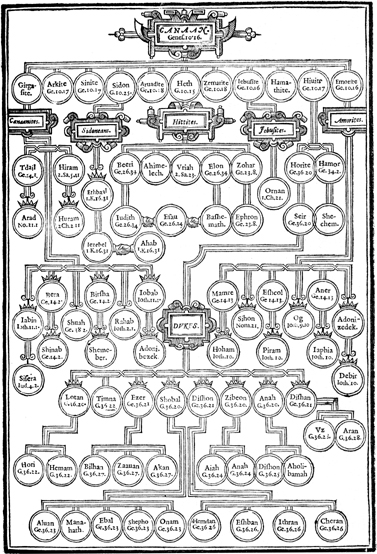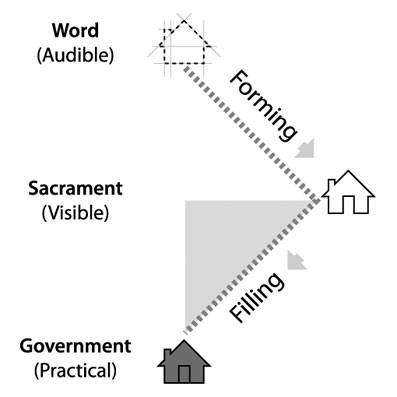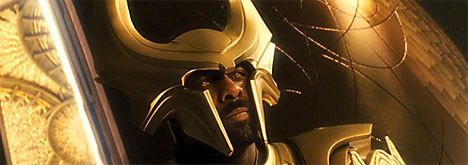Bringing Children to Jesus
“Let the children
…..come to me,
……….and do not hinder them,
…..for to such belongs
the kingdom of God.”
(Luke 15:16)
Jesus is often pictured with a child or children. His love for children is used as evidence for infant baptism. After all, aren’t we bringing our infants to Jesus in paedobaptism and paedocommunion?
Psalm 121 Halo
God Has You Covered
Parsing Psalms means consulting the Hebrew for the word order. This one was quite difficult, once again because English translations mess with things, and also because the Hebrew author likes to play with the matrix structures to make a point. I find I have to redo sections and keep shaking it up until it all falls into place. Is this sentence part of the previous stanza or the beginning of a new one? Or does this stanza have one line that gets expanded into its own pattern to make a point?
The good thing is that once it shakes out, there are some beautiful surprises. One of the gems in this Psalm is the sentence concerning the sun and the moon. In English it is simply two lines (a parallelism), but in Hebrew it is chiastic. Wonderful.
Continue reading
Red Cord, Blue Threads – 2
Red Blood, Blue Blood
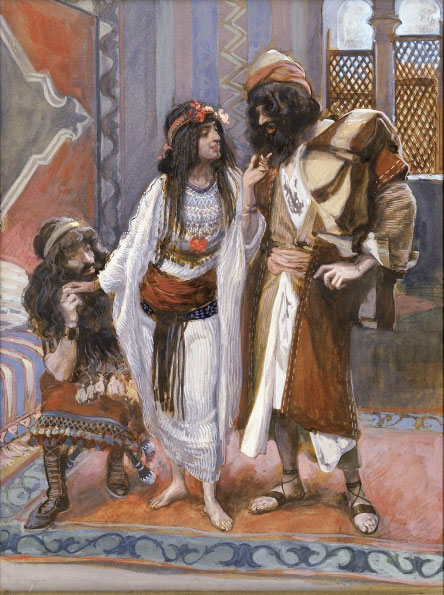 Behold, when we come to the land, you shall bind this line of scarlet thread in the window from which you let us down… Joshua 2:18
Behold, when we come to the land, you shall bind this line of scarlet thread in the window from which you let us down… Joshua 2:18
Each Israelite was to wear blue tassels on the four corners of his robe. The tassel was a blue cord that unraveled into threads, a “one” that became many. Using the “systematic typology” of the Bible Matrix, we can see that these four blue tassels correspond to the four rivers the flowed down from the spring under the Garden of Eden. [1]
So, what’s the deal with the “red cord” that Rahab was commanded to display in her window in Jericho? Firstly, the Hebrew word isn’t the same word as the “cord” in Numbers 15.
Red Cord, Blue Threads – 1
Hope and Holiness
A Structural Analysis of Numbers 15:37-41
He said, “Who are you?” And she answered, “I am Ruth, your servant. Spread your wings over your servant, for you are a redeemer.” Ruth 3:9
The passage in Numbers 15 concerning Israel’s tasseled robes contains all the matrix elements, but it has taken a few days to crack what’s going on structurally (although it’s more like cutting a diamond). The first difficulty is that English translations swap words around, so the text below sticks to the Hebrew word order. Secondly, a number of the stanzas leave out lines, or “matrix threads,” to make a point. The only way to identify these is to parse the entire passage. If you finish the puzzle with the pieces you have, you can see where the holes are!
The Rock That Is Higher Than I
Recipe for Disaster
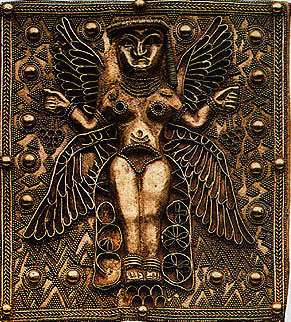
There’s another chapter from God’s Kitchen available for members here.
The Books of Lives
“These are the generations of the heavens and the earth…” Genesis 2:4
The word “generations” is toledot. Some scholars believe this indicates earlier sources for the texts of Genesis, ancestral documents that were collated and assembled. But this view reflects modern distrust in the deliberate, careful process of revelation throughout Bible history. The eye of faith sees that these texts were always “Covenant texts.” God is a documentary God. Nothing is left to chance. The toledot are not only historically but also Covenantally significant.
Love in the Abstract
Come, you blessed of My Father … for I was hungry and you gave me food; I was thirsty and you have me drink; I was a stranger and you took Me in; I was naked and you clothed Me; I was sick and you visited Me; I was in prison and you came to me. (Mt. 25:34-36)
NOTE: THIS POST HAS BEEN REMIXED AND INCLUDED IN GOD’S KITCHEN.
In an affluent society, the debate between welfare and generosity gravitates towards cold, hard cash. But Jesus’ call goes beyond our bank balances into hearts and even, gasp, into our homes. Steve Wilkins writes:
You must be logged in to see the rest of this post.
Join now for a year for $15!
The love of the world is an abstraction, and one that is very easy to talk about. Anyone can say, “I love the poor,” and most of them can even be sincere. But they mean that they love the poor whom they do not know. They love the poor across town, who will never come to their door. They love the poor whom they will never touch.
Known in the Gates
Her husband is known in the gates,
When he sits among the elders of the land.
Proverbs 31:23
“A Christian is a living, walking, talking testimony to the end of the world—to a cosmic, judicial maturity, the ‘adulthood’ of mankind.”
Doug Wilson is right to emphasize the “eschatological reality” of the final judgment, but surely the requirements and mode of baptism should communicate that reality?
If the process of “salvation through Covenant” is pretty much the same under the New as it was under the Old, as he believes, why did circumcision become baptism? Why the change in the Covenant “road sign” if there’s no real change concerning what’s down the road?
